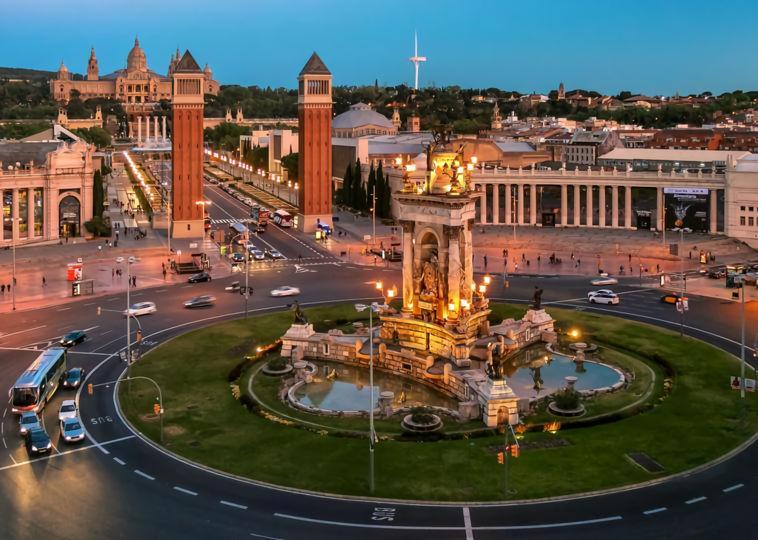Discover the 5 Must-visit Gems in Barcelona, Spain

Barcelona is one of the most popular travel destinations in Europe. Rich history enjoys the culture and unique architecture that make Barcelona famous. Barcelona is one of the world’s liveliest, funniest, and most energetic cities.
Barcelona is such a popular place that, over the past few years, it has even had to fight over tourism to reduce the number of visitors. From family travelers to the crowds of the cruise ship to those who backpack in Barcelona in the summer months, Barcelona sees all types of tourists.
Gothic Quarter

It is filled with old winding streets and historic buildings. El Call, Barcelona’s old Jewish quarter, is one of the most beautiful areas of the Gothic Quarter. These are some of the narrowest streets in Barcelona and are filled with a dark history that dates back to the Middle Ages. The street of Sant Domenec del Call is at the center of everything.
The famous Catalan architect Antonio Gaudi also spent some time in the Gothic Quarter in Barcelona. After graduation, one of his first projects was the street lamps of one of Barcelona’s largest squares, the Plaza Reial. When Picasso arrived in Barcelona, he was just a young boy. He was admitted to the art school that once stood on Calle mainly.
La Boqueria

This public market has a fantastic selection of food stalls and restaurants. It’s right on La Rambla, a long, famous central thoroughfare, as seen below, so the market is usually bustling. There are bars around the market selling both food and drink. The most famous of these bars is El Pinotxo, just to the right of the entrance.
However, if you’re struggling to find one of the coveted stools here, rest assured that the bars in the market are of the same quality. Food is similar to a quality restaurant. The fruit stands on the entire market and sells freshly squeezed fruit juices of various types, a healthy and refreshing treat.
La Rambla

The famous 1.2 km long boulevard with a broad but crowded sidewalk in the center has many beautiful buildings, including the Gran Teatre del Liceu, the city’s opera house. The monasteries disappeared, and florists and kiosks set up their premises here.
Walking along, you’ll see landmarks like Barcelona’s largest opera theater, the Gran Teatre del Liceu, the Palau de la Virreina, and the spectacular Boqueria market. This human river, with its street performers, tourists, and locals who still come here for a walk, takes us on a journey through this microcosm of contemporary Barcelona.
Barcelona History Museum

Barcelona has one of the best museums for city history, including 4,000 square meters of Roman ruins under the museum that you can walk through. It also manages several historic sites across the city, most of the archaeological sites with remains of the ancient Roman town Barcino in Latin.
Some others date from the Middle Ages, including the Jewish Quarter and the Medieval Royal Palace called the Palau Reial Major. The rest are contemporary, including old industrial buildings and sites associated with Antoni Gaud and the Spanish Civil War. Today, the museum is one of the most critical places for researching and preserving the history of Barcelona.
Montjuic Hill

Explore Castell de Montjuic, a prominent 18th-century fortress, gardens, a Spanish village, and the Olympic Stadium. The Spanish town was built in 1929 to resemble an authentic traditional village with 117 buildings from different Spanish regions. When Barcelona hosted the Olympic Games in 1992, all the excitement revolved around the Olympic Ring: the Olympic Stadium, Palau Sant Jordi, and the Olympic Esplanade.
Museu Nacional d’Art de Catalunya houses Catalonian art, particularly Gothic, Renaissance, and Baroque works. There are also various exhibits dedicated to handicrafts and contemporary art. The fountain in front of it has a spectacular free show on Fridays and Saturdays from 7 pm to 9 pm. Watching the sunset from here is also excellent.


